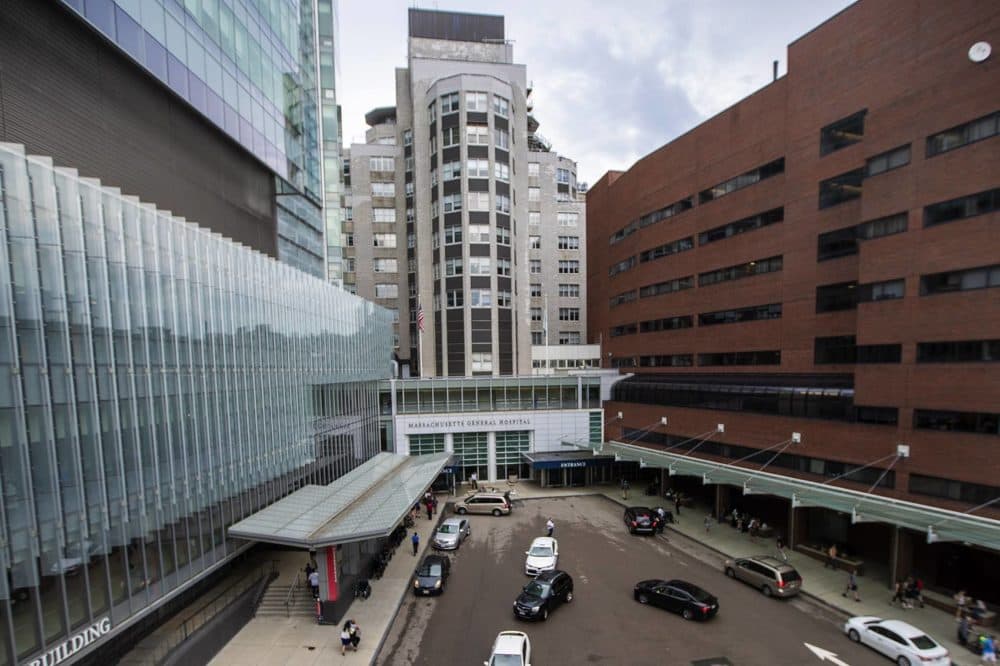Advertisement
Patients face delays as hospitals struggle to fill 19,000 jobs, report finds

Massachusetts hospitals are struggling to fill an estimated 19,000 job openings, and the staffing shortages are forcing long waits for patients, according to a new report.
The analysis from the Massachusetts Health & Hospital Association describes a health system in crisis, with too many sick patients and not enough workers to take care of them.
This means delays in treatment for patients coming to emergency departments across the state. And at least 1,500 patients in hospitals are waiting to be discharged to post-acute care facilities or behavioral health facilities.
“If you look at the 19,000 vacancies across the commonwealth, you begin to understand why patients are experiencing longer wait times and difficulty getting immediate access to care,” said Steve Walsh, president of the hospital association.
The staffing and capacity constraints could get worse before they improve: Health care leaders are expecting a busy winter season with increases in flu, COVID and other illnesses including RSV.
“There is a concern that at some point, you're looking at a reduction in service,” Walsh said, “and that's ultimately the last straw if you just don't have enough workforce to staff the beds.”
The staffing shortage is also increasing the financial pressure on hospitals. They’re paying higher rates to hire temporary workers — an estimated $1 billion this year, according to the report — and losing revenue on patients whose care is delayed.
Walsh said hospitals need more support from the state, including financial aid to help them manage labor costs, looser regulations that allow more flexibility in staffing, and help recruiting and retaining nurses and other workers.
State officials did not immediately respond to a request for comment.
Some of the highest vacancy rates are among licensed practical nurses, home health aides, mental health workers and pulmonary function technicians, according to the state hospital association, which surveyed hospitals across the state.
Advertisement
The median vacancy rate is 17.2%, but for some positions it is twice as high, or greater.
The COVID pandemic has increased stress and burnout among health care workers, and many have left their jobs, retired early or reduced their hours. This increases the workload on the staff who stay.
Walsh said hospital staff inundated with patients are trying to identify and treat the sickest people and avoid any “catastrophic incidents.”
“It's a scary time,” he said. “It's a time that is incredibly stressful for our caregivers who have not had a break in almost three years.”
Editor's note: This post has been updated to reflect that Massachusetts officials did not immediately respond to a request for comment on the report.
This article was originally published on October 31, 2022.
